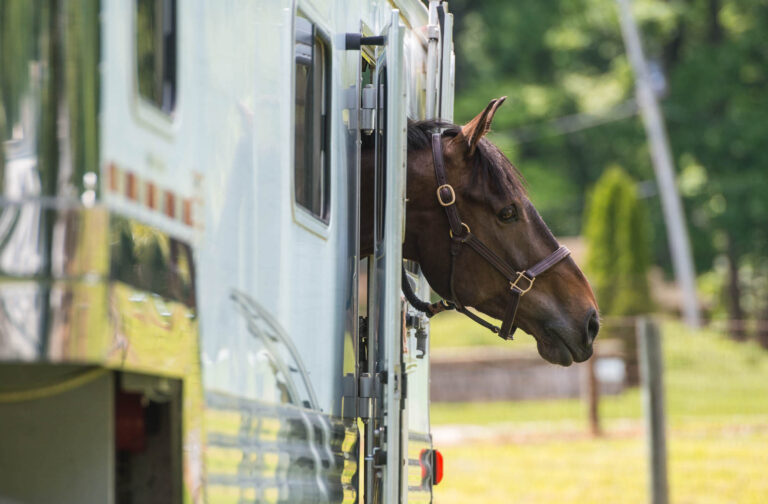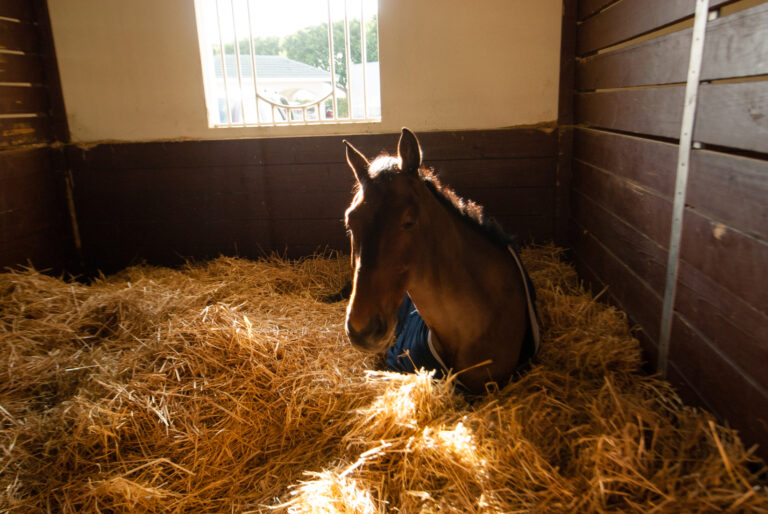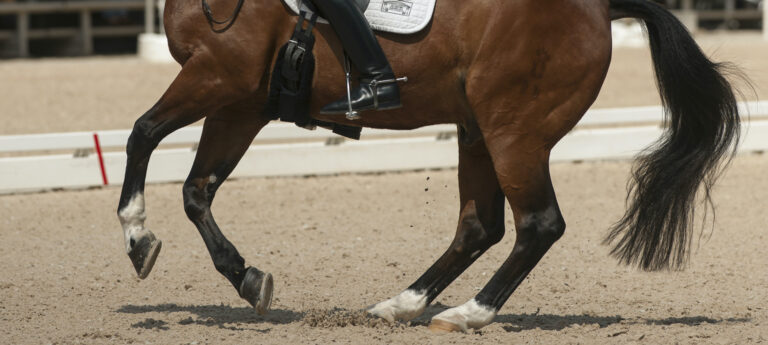Q: I’ve heard some folks talking about how parasites can escape traditional deworming methods. I’ve also heard that there is a potential for parasites to develop resistance to traditional dewormers, which can lead to horses being “over-dewormed.” Is there any validity to this? If so, what should horse owners do?

A: Yes, what you have heard is accurate. You mention two separate issues: (1) parasites “escaping” traditional deworming methods and (2) the potential for parasites to develop resistance to traditional dewormers.
For the first point, we know that part of the life cycle of cyathostomins (small strongyles) involves their larvae migrating into the wall of the large intestine and becoming encysted. When this happens in large numbers and these larvae emerge, we often see illness associated with small strongyles. This illness manifests as colic, diarrhea, weight loss and sometimes edema (tissue swelling) from protein loss. It is this encysted stage that seems to escape traditional anthelmintic drugs. Fenbendazole and moxidectin are the only drugs currently labeled to kill encysted larvae. We will come back to this point a bit later.
We now know that resistance to anthelmintic drugs can and does happen with equine parasites. Many of the common rotational deworming programs date back 40-plus years when Strongylus vulgaris (large strongyle) was the major parasite of concern. We now know that small strongyles, along with tapeworms, are the major parasite of concern in adult horses. Parascaris equorum (ascarid or roundworm) are the major parasite of concern in foals and weanlings. Resistance to anthelmintic drugs has been shown for both small strongyles and ascarids. Over the years, repeated, frequent exposure of parasites to anthelmintic drugs has resulted in gradual development of resistance in a manner similar to what we have seen with bacterial resistance and antibiotic therapy.
You mentioned the term “over-dewormed.” This could mean the repeated rotational exposure to dewormers, which was recommended in the past when programs were designed to reduce fecal shedding of large strongyle eggs and the attempt to reduce the risk of exposure to infective large strongyle larvae on pasture. That is no longer the primary concern of today’s deworming programs. What we now know is that small strongyles cause disease when infection with them reaches extremely high levels—as noted earlier with emergence of large numbers of encysted larvae. This is a different risk than one we learned of with large strongyles a few decades ago. Instead of frequent dewormings (the over-deworming mentioned), which were more appropriate for reducing fecal shedding of large strongyle eggs, we now know that more strategically applied dewormings that fit the life cycle of small strongyles is most appropriate.
It is this strategic deworming that is the cornerstone of current parasite-control programs. This means that the former one-size-fits-all schedule of deworming every two to three months is not appropriate. Instead, we need to evaluate the individual horse’s egg-shedding status using a fecal egg count—the starting point for any parasite-control program. You might have heard of Pareto’s Principle—the so-called “80–20 Rule.” That is pretty close to the situation with adult horses shedding parasite eggs, where 10 to 30 percent of horses will shed about 80 percent of the parasite eggs. Currently, horses are ranked according to their level of shedding as “low,” “moderate” or “high,” as designated in the American Association of Equine Practitioners Parasite Control Guidelines, which can be found at aaep.org.
Fairfield T. Bain, DVM, MBA, Dipl. ACVIM, Dipl. ACVP, Dipl. ACVECC, is an equine technical services veterinarian with Merck Animal Health. A graduate of Auburn University, College of Veterinary Medicine, he is known for his work in perinatology and neonatal intensive care, cardiovascular disorders, pathology and hyperbaric oxygen therapy.











